Sonus Paradisi
Este, 1937 [Hauptwerk]
Este, 1937 [Hauptwerk]
Não foi possível carregar a disponibilidade de recolha
Mascioni, op. 498 (1937), Este, Italy
Presented to you by Leonart Studio, your authorised reseller for Sonus Paradisi in Switzerland (shipped internationally). Get your digitally sampled historical organs for the use with the Hauptwerk virtual instrument software.
Share this Sample Set
![Este, 1937 [Hauptwerk]](http://artful.shop/cdn/shop/files/ss_este1.jpg?v=1693003273&width=1445)
![Este, 1937 [Hauptwerk]](http://artful.shop/cdn/shop/files/ss_este2.jpg?v=1693003273&width=1445)
![Este, 1937 [Hauptwerk]](http://artful.shop/cdn/shop/files/ss_este3.jpg?v=1693003274&width=1445)
![Este, 1937 [Hauptwerk]](http://artful.shop/cdn/shop/files/ss_este4.jpg?v=1693003274&width=1445)
Specification (stop list)
-
Manual I
Grande Organo C–c4
Principale 16'
Principale 8'
Flauto 8'
Dulciana 8'
Ottava 4'
Flauto 4'
Sesquialtera 2 2/3'
Ripieno 2 file 2'
Ripieno 1'
Tromba 8'
Unda Maris (beating) 8' -
Manual II
Recitativo (enclosed) C–c4
Principale 8'
Bordone 8'
Viola 8'
Ottava 4'
Flauto Camino 4'
Cornetto 2 2/3'
Ripieno 1'
Clarinetto 8'
Coro Viole (beating) 8'
Tremolo -
Manual III
-
-
Manual IV
-
-
Pedal
Pedal C-g1
Contrabasso 16'
Subbasso 16'
Principale 8'
Basso Armonico 8'
Bordone 8'
Tromba 16'
Tromba 8'
Trombina 4' -
Other specification
Couplers:
All the usual couplers available, including most of the sub- or super- couplers. Many swell stops are extended for the super-coupler up to the a4 (a sixth octave).
Accessories:
Forte Generale (Tutti)
Ripieno I, Ripieno II (Plenums for the Manuals)
Ance (Reeds On),
Annullatore Tromba (disable the Trumpets)
Annullatore Generals (General Cancel)
Crescendo
Swell pedal
History
Mascioni, op. 498 (1937), Este, Italy
The church of Santa Madonna delle Grazie in Este (PD), contains a mid-sized organ by the leading Italian firm Mascioni. It was created in 1937 as their opus 498. The organ has two manuals, pedal, and 28 speaking stops. The organ spans the space over the presbytery on both the left (G.O. + Pedal) and on the right (Ripieno) of the altar. The organ console is situated behind the altar.
The description of the original church, built in 1489 by the Conventual Dominicans, already mentions an organ installed in the choir. However, there are no indications of its supplier, nor of what kind of organ it might have been. But we know the Dominicans often turned to external firms rather than to the local area.
In 1717, construction began on the current basilica, which is larger than the previous structure. Here, too, we find references to an organ; the most explicit information can be found in a note from 1885 that refers to the construction of the staircase leading to the venerated icon of the Madonna. In this note, the writer complains that the staircase was rebuilt several times because it 'had to pass through one of the rooms where the organ was placed'.
The organ that exists today was built by the Mascioni di Cuvio organ company, inaugurated in 1937 by the famous maestro Concertista and composer Oreste Ravanello. This event completed both the installation of the new organ and the transition of the church from parish to basilica.
The organ served well for half a century, after which its restoration was carried out in 1980 by the Ruffatti company. One other repair, including replacement of the keyboards and modification of the electrical system, was carried out in 2006 by the organ builders Scarparo and Vecchiato.
The instrument is a fine example of the Italian Cecilian reform organ. Its multifaceted symphonic characteristics are remarkable, notwithstanding the limited stop layout. The stops blend extremely well and the glorious church acoustics (the reverb time up to 7 seconds) adds to the spectacular result. Both manuals have full principal choruses crowned with multi-rank mixtures. There are the typical solo stops Viola, Dulciana, Flute 8 (which is a Flute harmonique), colorful reeds Clarinetto and Trompeta, and there are two undulating stops, very characteristic for Italian repertoire. The first one, the Coro Viole on the Recitativo, is intended to be combined with the Viola 8'. The Coro Viole is a three-rank string stop, where one of the ranks is made to beat against all the others. The effect is decisively pronounced, almost creating the effect of a singing choir. The second undulating voice is the Unda Maris on the Grande Organo manual, which is traditionally combined with the Principale 8' of the Grande Organo to produce an ample and rapid beating that is indispensable for Italian music such as the Elevation of the host. A tip: try decreasing the beating of the Unda Maris by about -5 cents using the Hauptwerk voicing, and combine it with the Flute 8 to experience a mystical beauty of the beating flutes.
Features
Encryption
The samples are offered in 48kHz/24bit resolution. The multiple releases have three levels: short, mid and long. Hauptwerk v4.2 and higher supported. The sample set is offered in a plain wave format, no encryption.
Reverb time
The reverb time is ca. 7 seconds.
Keyboards, pedalboard
The original compass of the keyboards is 61 keys (full 5 octaves). The original compass of the pedal division is 32 keys.
Tremulants
All ranks of the Ripieno (Swell) were recorded with and without tremulants for the most convincing tremulant behavior. However, loading the authentic tremmed ranks consumes large amount of RAM. It is possible to select to use the artificial tremulant instead to save RAM (the switch is located on the mixer tab).
Surround format
The sample set is offered in a Surround variant (8 channels). There are two direct channels, two diffuse channels, distant channels and two rear channels.
To reproduce the surround format, an audio card with at least 4 output channels is required, dedicating the direct and diffuse and/or distant channels for the front speakers, and other two channels for the rear speakers.
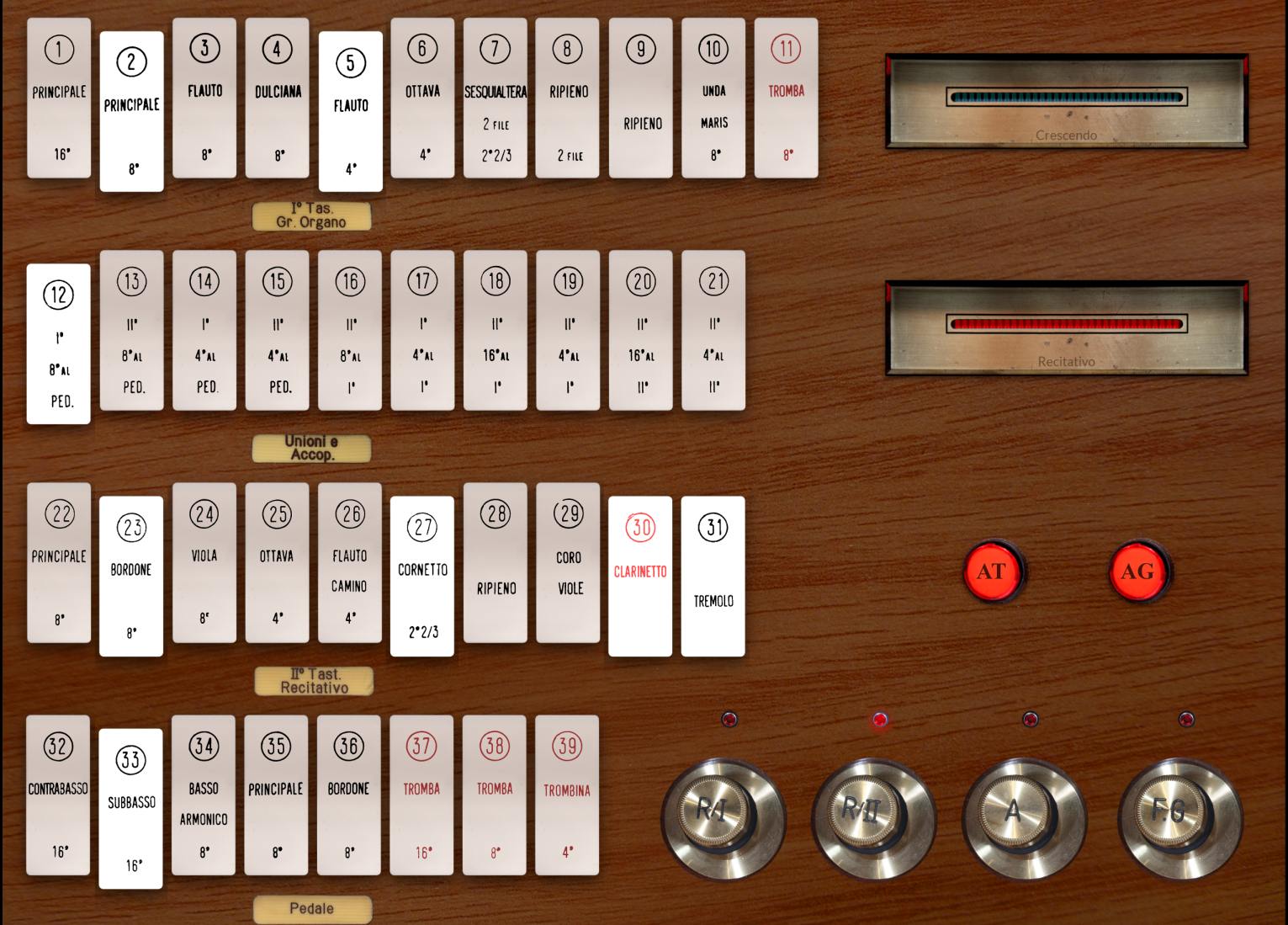

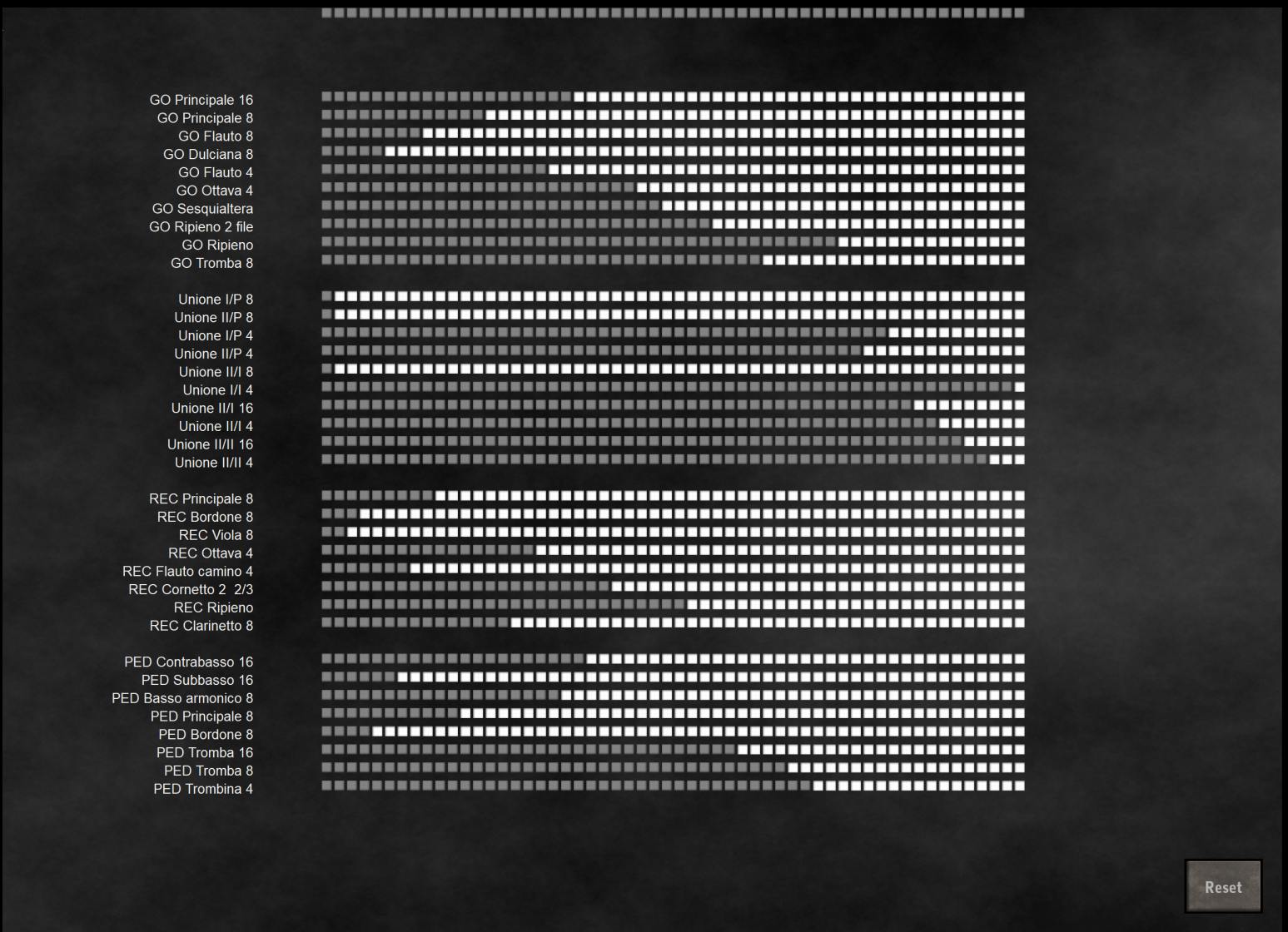

Requirements
Hauptwerk v4.2 and higher supported.
RAM consumption: 8-channel surround
16-bit, other settings default: 25 GB
20-bit, other settings default: 41 GB
24-bit, other settings default: 46 GB
* loading in 16-bit depth is NOT recommended due to high amount of digital hiss emerging, since the noise floor of the 16-bit depth is too high and very audible with the many samples sounding simultaneously.
Screen resolution 1280x1024 px or more.
Polyphony of 10.000 voices recommended for the full suround (5000 minimum).
This Hauptwerk Sample Set is presented to you by Leonart Studio, an authorised reseller for the manufacturer Sonus Paradisi in Switzerland (shipping internationally). Enjoy this digitally sampled organ library for the use with Hauptwerk software and start expanding your historical organ collection today.
More Hauptwerk Sample Sets
-
Casavant, 1995 [Hauptwerk]
Fornecedor:Sonus ParadisiPreço normal CHF 174.90Preço normalPreço unitário / por -
Reuter, 1928 [Hauptwerk]
Fornecedor:Sonus ParadisiPreço normal CHF 473.00Preço normalPreço unitário / por -
![Rotterdam Hoofdorgel, 1973 [Hauptwerk]](//artful.shop/cdn/shop/files/ss_RotterdamMain1.jpg?v=1693279529&width=533) Em promoção
Em promoçãoRotterdam Hoofdorgel, 1973 [Hauptwerk]
Fornecedor:Sonus ParadisiPreço normal A partir de CHF 330.00Preço normalPreço unitário / porCHF 958.10Preço de saldo A partir de CHF 330.00Em promoção -
![Groningen, 1450-1740 [Hauptwerk]](//artful.shop/cdn/shop/files/ss_Groningen1.jpg?v=1693275425&width=533) Em promoção
Em promoçãoGroningen, 1450-1740 [Hauptwerk]
Fornecedor:Sonus ParadisiPreço normal A partir de CHF 658.90Preço normalPreço unitário / porCHF 1,681.90Preço de saldo A partir de CHF 658.90Em promoção -
Goerlitz, 2006 [Hauptwerk]
Fornecedor:Sonus ParadisiPreço normal A partir de CHF 328.90Preço normalPreço unitário / por -
Bückeburg, 1997 [Hauptwerk]
Fornecedor:Sonus ParadisiPreço normal A partir de CHF 1.10Preço normalPreço unitário / por -
Brasov, 1839 [Hauptwerk]
Fornecedor:Sonus ParadisiPreço normal CHF 418.00Preço normalPreço unitário / por -
![St. Omer, 1717-1855 [Hauptwerk]](//artful.shop/cdn/shop/files/ss_omer1.jpg?v=1692904128&width=533) Em promoção
Em promoçãoSt. Omer, 1717-1855 [Hauptwerk]
Fornecedor:Sonus ParadisiPreço normal CHF 323.40Preço normalPreço unitário / porCHF 410.96Preço de saldo CHF 323.40Em promoção -
Stellwagen organ, St. Marien, Stralsund (1659)
Fornecedor:Sonus ParadisiPreço normal CHF 858.00Preço normalPreço unitário / por -
![Clavichord Model [Hauptwerk]](//artful.shop/cdn/shop/files/ss_clavichord.jpg?v=1724310155&width=533) Esgotado
EsgotadoClavichord Model [Hauptwerk]
Fornecedor:Sonus ParadisiPreço normal CHF 33.00Preço normalPreço unitário / por

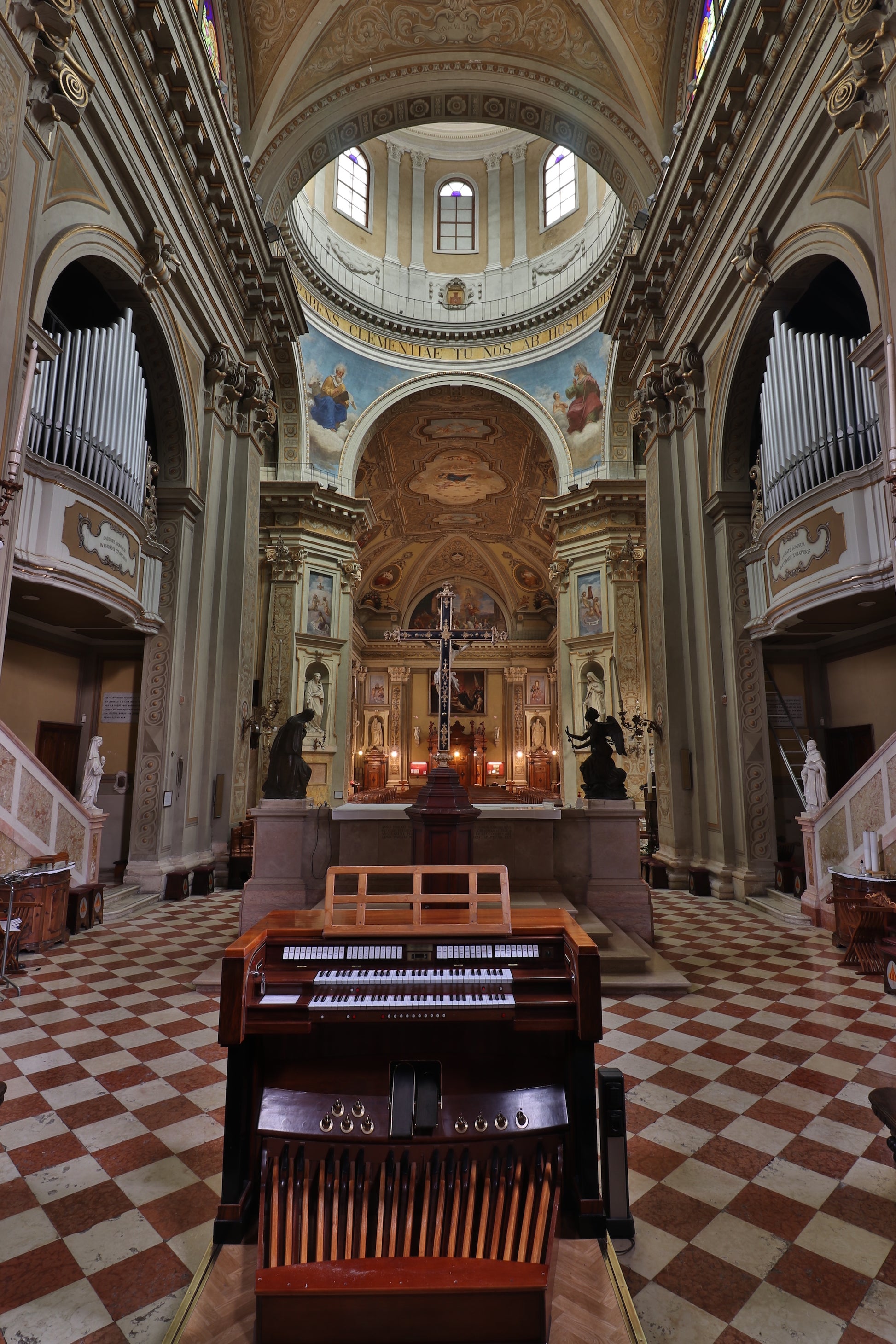
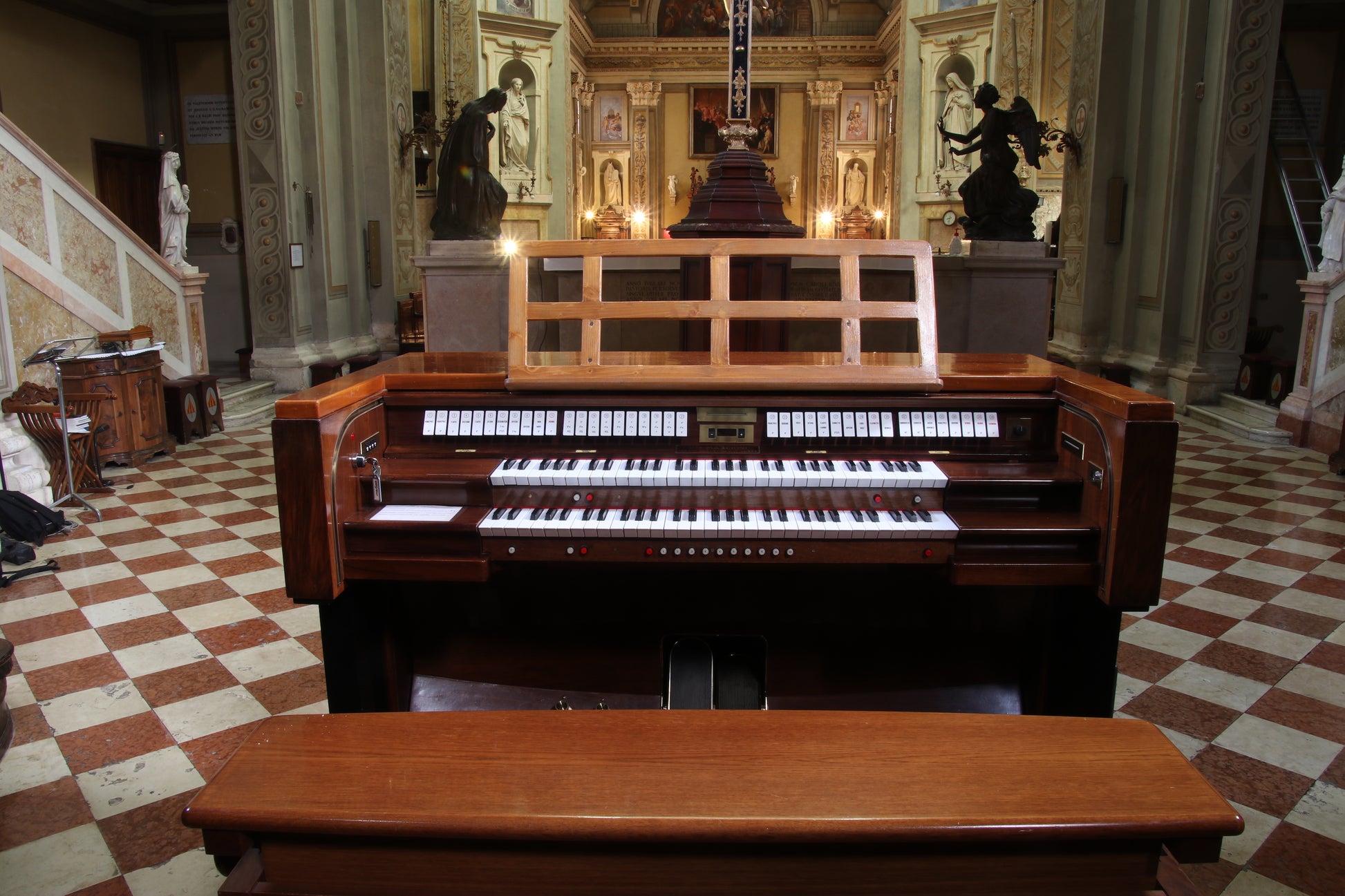
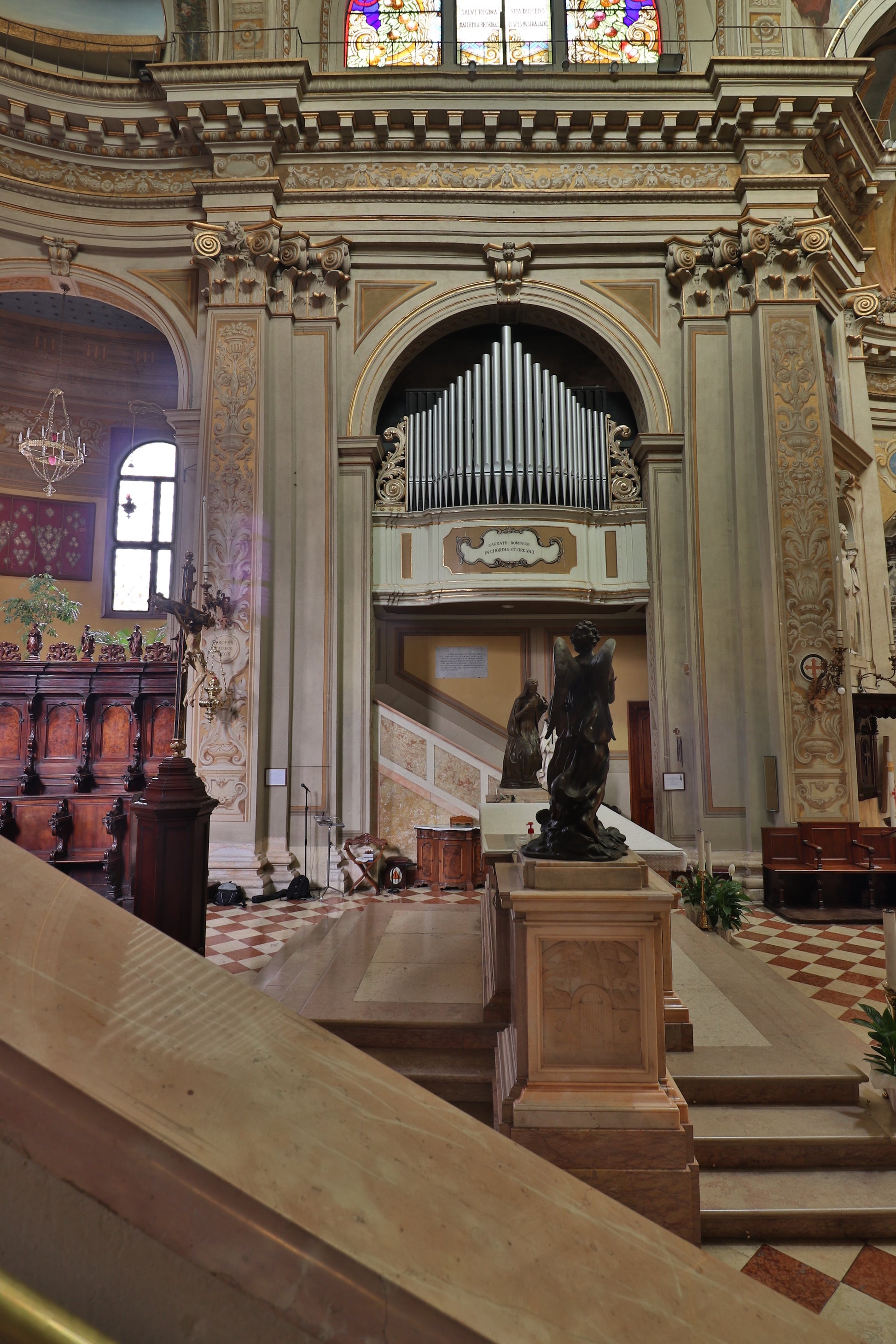
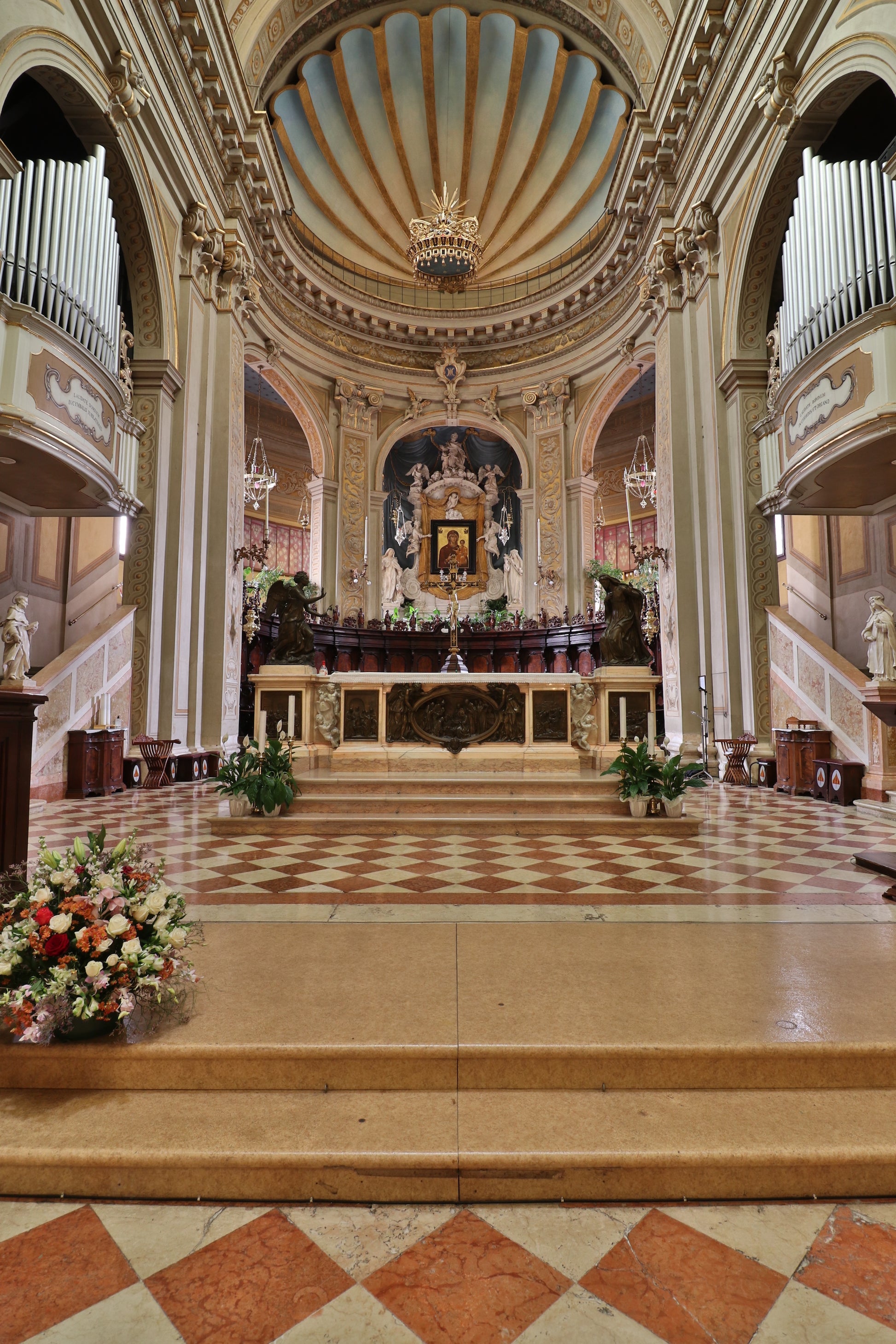
![Casavant, 1995 [Hauptwerk]](http://artful.shop/cdn/shop/files/ss_casavant1.jpg?v=1693319885&width=533)
![Reuter, 1928 [Hauptwerk]](http://artful.shop/cdn/shop/files/ss_Reuter1.jpg?v=1693321024&width=533)
![Rotterdam Hoofdorgel, 1973 [Hauptwerk]](http://artful.shop/cdn/shop/files/ss_RotterdamMain1.jpg?v=1693279529&width=533)
![Groningen, 1450-1740 [Hauptwerk]](http://artful.shop/cdn/shop/files/ss_Groningen1.jpg?v=1693275425&width=533)
![Goerlitz, 2006 [Hauptwerk]](http://artful.shop/cdn/shop/files/ss_goerlitz1.jpg?v=1692995837&width=533)
![Bückeburg, 1997 [Hauptwerk]](http://artful.shop/cdn/shop/files/ss_bueckeburg1.jpg?v=1692967628&width=533)
![Brasov, 1839 [Hauptwerk]](http://artful.shop/cdn/shop/files/ss_brasov1.jpg?v=1692967057&width=533)
![St. Omer, 1717-1855 [Hauptwerk]](http://artful.shop/cdn/shop/files/ss_omer1.jpg?v=1692904128&width=533)
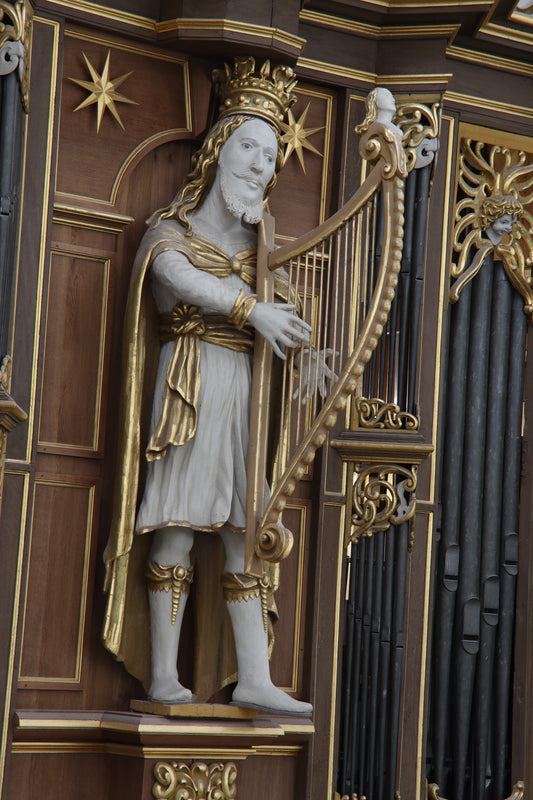
![Clavichord Model [Hauptwerk]](http://artful.shop/cdn/shop/files/ss_clavichord.jpg?v=1724310155&width=533)